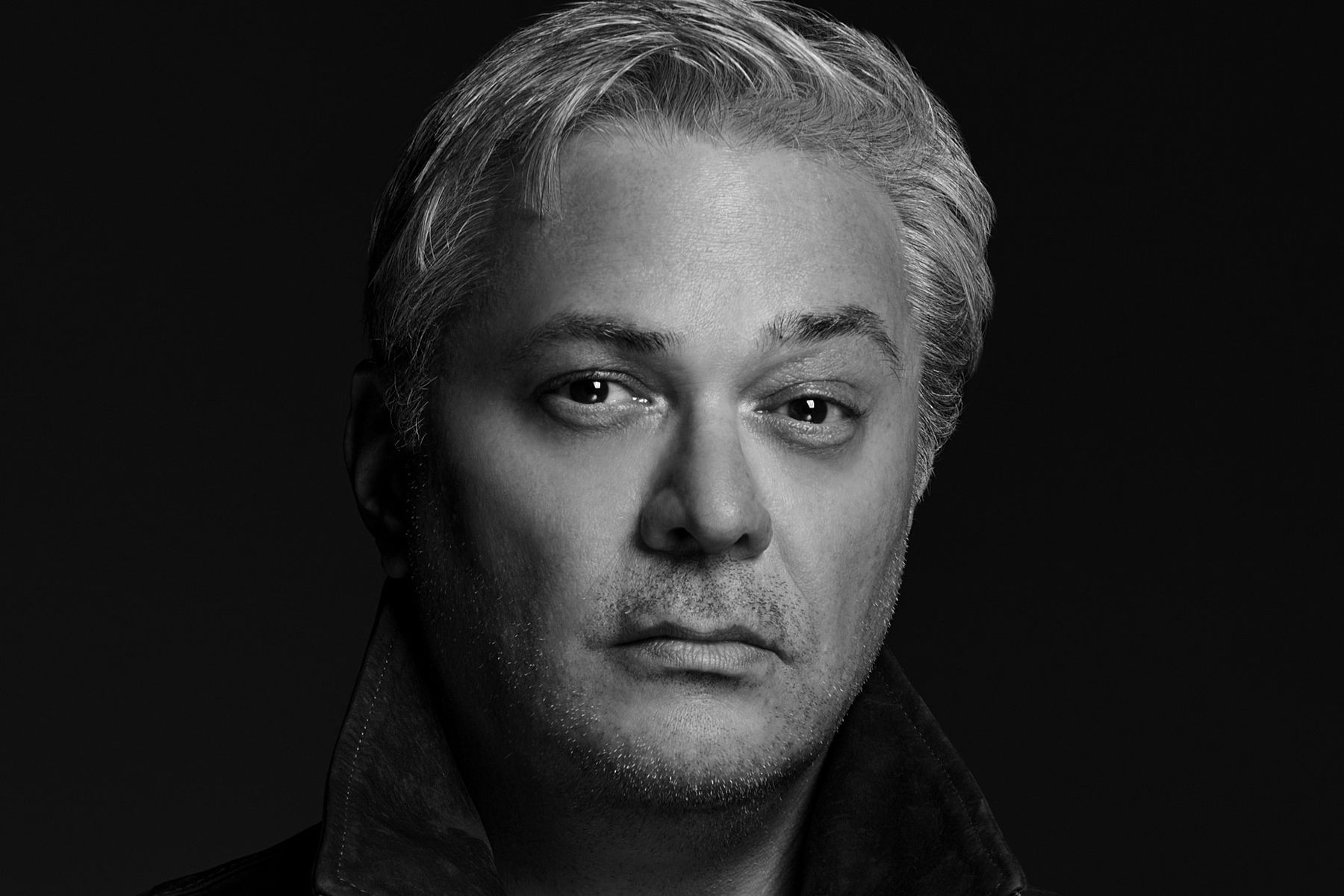


Maestro Piotr Gajewski led the world premiere performance

The Love Song of J. Alfred Prufrock:
A Rhapsody for Voice and Orchestra (2017) - 25'
for soprano or tenor solo and orchestra
1(pic).afl.1.corA.1.1 – 2.2.2.btbn.0 – timp.4perc – 2hp – pft(cel) - str
COMPOSER'S NOTE
The Love Song of J. Alfred Prufrock is a rhapsody for voice and orchestra which I adapted from the eponymous poem by T.S. Eliot and composed with the beautiful lyric voice of soprano Danielle Talamantes in mind.
I'm a big fan of the poem. First published in 1915, it was an entirely new kind of poetry that thrust Eliot onto the modernist stage.
Acclaimed author Karen Swallow Prior hits the nail on the head when she calls the poem's protagonist, "An embodiment of turn-of-the-century angst wrought by a world sucked dry by skepticism, cynicism, and industrialism."
Prior also emphasizes, "The cityscape in Eliot's poem, with its skyline 'like a patient etherized upon a table,' is, in fact, as famous as Prufrock, whose emotionally and spiritually unconsummated desire creates the central tension of the poem." ("When T.S. Eliot Invented the Hipster," The Atlantic, January 4, 2015)
“He took the stream of consciousness technique that is the basis of the poem by T.S. Eliot and gave it musical expression through a perpetually changing combination of vocal and instrumental textures.”
My setting embodies a modern musical language that makes use of eclecticism while suggesting the familiar symphonic American vernacular of 20th century composers like Howard Hanson, Samuel Barber, or Leonard Bernstein.
To underscore the tension of Prufrock's unconsummated desire, I use a hybrid voice that synthesizes classical and vernacular styles. Each theme and motif uses the melodic and rhythmic contours of Eliot’s stream of consciousness narrative to dictate mood and melodic character.
Notable among them is the "Prufrock Motif" with its intriguing tritones that heralds the poem’s famous opening line, "Let us go then, you and I." These rich thematic textures are then woven into a coherent aural tapestry.
Before the opening of the poem, Eliot places a six-line epigraph from Dante’s Inferno in which the condemned soul of Guido da Montefeltro agrees to confess what he knows to Dante, mistakenly assuming it would be impossible for Dante to betray his confession to the world of the living.
Sung in the original Italian, the epigraph is musically rendered as a sarabande, a slow, stately dance in triple meter. It is a prelude to the dramatic monologue that follows in which Prufrock reveals with equal candor the burdens of his unmet desire.
I use extended techniques and semi-aleatoric passages to help amplify the emotional content. As Prufrock muses upon "the mermaids singing, each to each," for example, I combine artificial harmonic glissandi in the cello part—which produces the sound of a flock of seagulls—with an ocean drum, played ad lib, and tubular bells. Woodwinds, harp, and strings support the ensemble.
The result is a remarkable simulation of the sounds of the seashore: ocean waves swell and crash to the cawing of seagulls as the mournful toll of a bell buoy heralds the open sea and Prufrock concludes, "I do not think that they will sing to me."
The ending is calibrated to Danielle’s vocal genius. Brass, percussion, and celesta enter, intensifying the rich orchestral palette. The high note is sustained over seven measures of a dance-like scherzo in 7/8 meter as singer and orchestra build to a magnificent forte fortissimo climax.
With the vocal line soaring above the din, the "Prufrock Motif" returns to mark the closing line, "Till human voices wake us, and we drown."
LICENSING
American Society of Composers, Authors and Publishers (ASCAP)
WORLD PREMIERE
October 16, 2021
National Philharmonic at Strathmore
Piotr Gajewski, conductor





